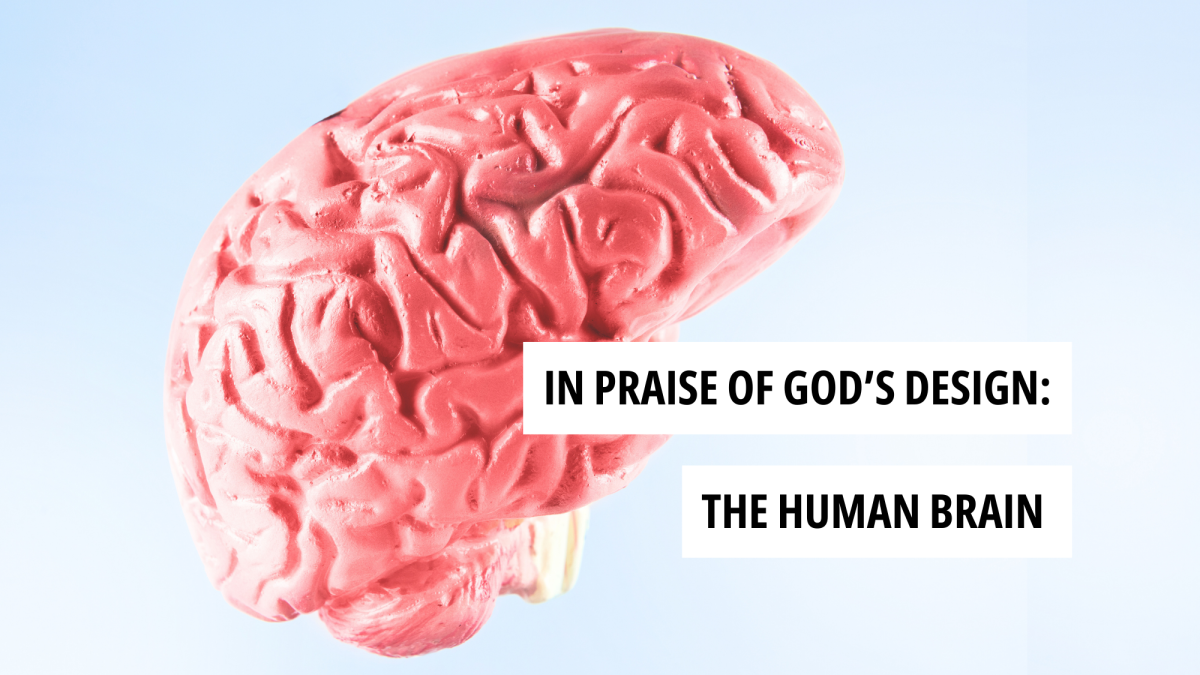In Praise of God's Design: The Human Brain

Our brains are nothing short of amazing! Check out these three simple science experiments that test the power of our brains.
"I praise you, for I am fearfully and wonderfully made. Wonderful are your works; my soul knows it very well." Psalm 139:14 ESV
Fearfully and wonderfully made are the perfect descriptions that come to "mind" when we reflect on the Lord's perfect design for our human brains.
For instance, did you know...
- There are 100,000 miles of blood vessels in the brain.
- The brain has no pain receptors.
- Our brains generate 20-25 watts of power on an ongoing basis!
- The brain consists of 100 billion neurons!
Amazing nonetheless!
If you're looking for ways to make neuroscience (the study of the brain) a part of your homeschool lesson plans, check out the following experiments that you can implement today!

Shape Memory Test
This project will teach students about short-term memory and how your brain stores and retrieves visual information. It will also allow you to discover which factors affect memory.
Materials Needed:
- 10 index cards or pieces of paper
- Colored markers or crayons
- A timer
- Paper
- A pencil
- A partner to help
Steps:
- Create Cards: Draw different shapes (such as circles, triangles, and squares) on 10 index cards. Each shape should be a different color.
- Study Time: Show the cards to your partner for 30 seconds, giving them time to memorize the shapes and colors.
- Test Memory: After the time is up, shuffle the cards and hide them. Ask your partner to recall as many shapes and colors as possible and write them down.
- Repeat and Experiment: Repeat the test with different sets of shapes or colors. Try testing memory after various activities, such as after exercise or after resting.
- Analyze: Compare the results to see how memory improves or changes under different circumstances.
Optical Illusions and the Brain
During this project, students will learn how the brain processes visual information and how it can sometimes be misled by patterns, shapes, and colors, resulting in illusions.
Materials Needed:
- Printed optical illusions (available online)
- Paper
- A pencil
Steps:
- Find Illusions: Research and print several optical illusions. These are images that trick your brain into seeing something that isn’t exactly as it appears.
- Test Others: Show the illusions to friends or family and ask them what they see in each image.
- Record Observations: Write down each person’s response to the optical illusions.
- Research and Explain: Look up why these illusions work and explain how the brain processes the images in a way that creates the illusion.
- Compare Perceptions: Discuss if different people see the illusions differently. For example, do some people get tricked more easily than others?

Left Brain vs. Right Brain Activity
This project shows how different parts of the brain are responsible for different skills, and how both sides of the brain are important for completing everyday tasks.
Materials Needed:
- Paper
- Pencils
- Markers
- A list of activities (see step 2)
Steps:
- Research: Make a list of which functions are typically controlled by the left hemisphere (logic, math) and which are controlled by the right hemisphere (creativity, art).
- Choose Activities: Prepare activities that engage each side of the brain. For example:
- Left Brain: Solve math problems, complete word puzzles, or spell difficult words.
- Right Brain: Draw a picture, write a creative story, or color a design.
- Perform Activities: Do one left-brain activity and one right-brain activity. Time yourself or a partner to see how long it takes to complete each task.
- Analyze Results: Discuss which activity was easier and why. Was it a left-brain task or a right-brain task? Compare with others to see if some people are more dominant on one side.
- Draw Conclusions: Explore how the two hemispheres of your brain work together to help you complete different types of tasks.
May we continue to be in awe of God's amazing design. Happy Exploring!
Categories: : Education, Homeschool Resources, homeschooling, Krystal Winn, nature, stem
 Krystal Winn
Krystal Winn 